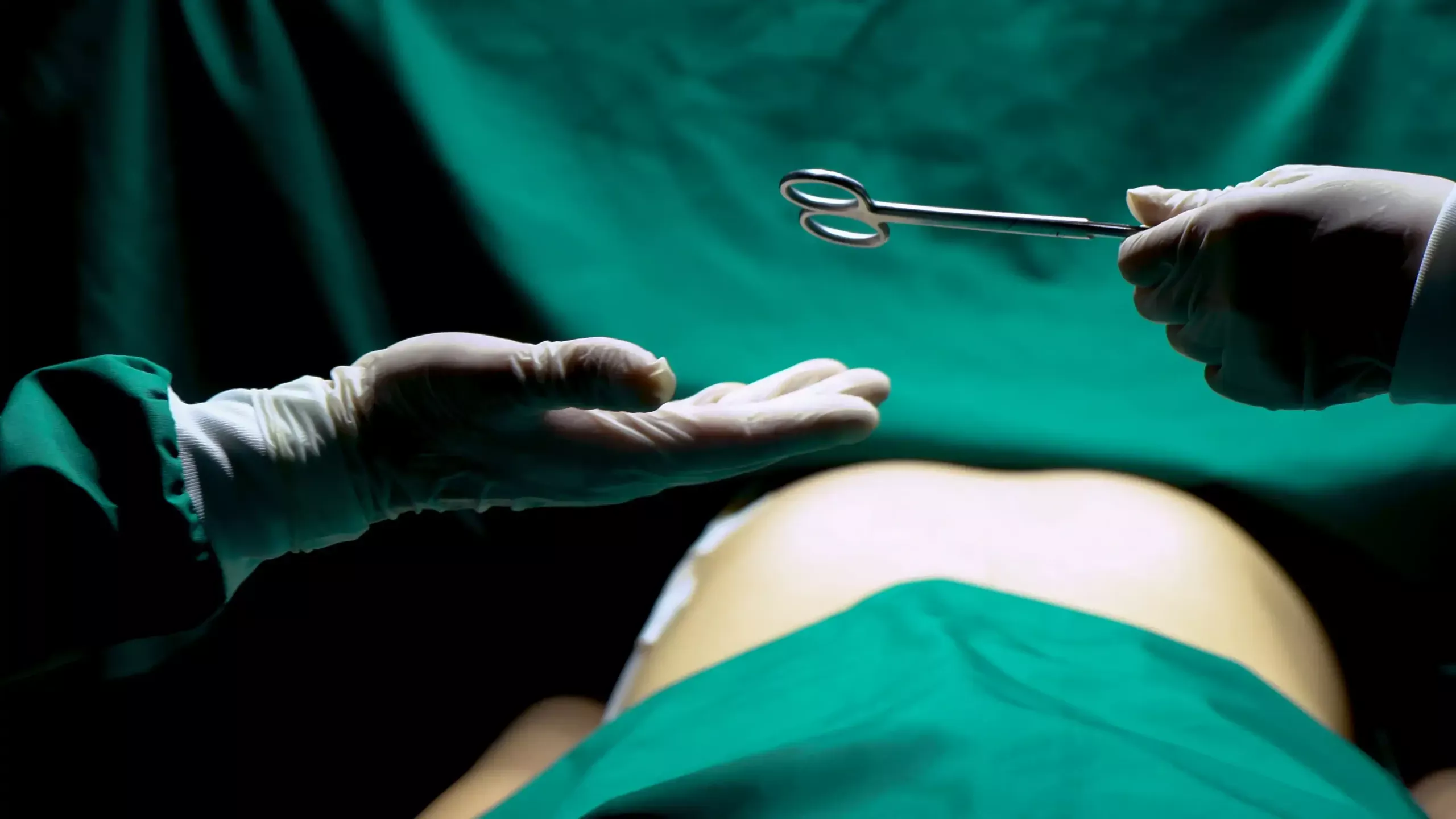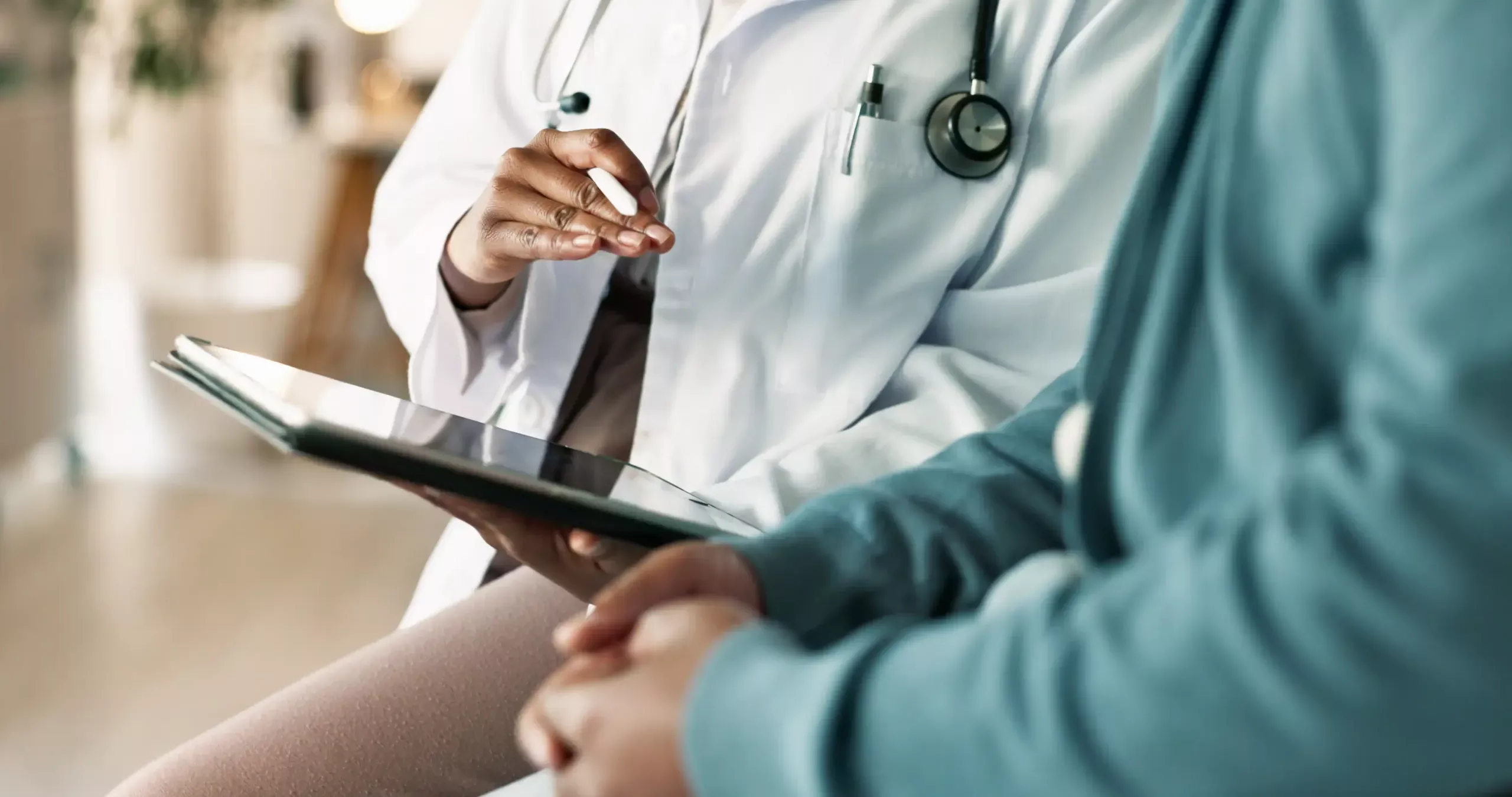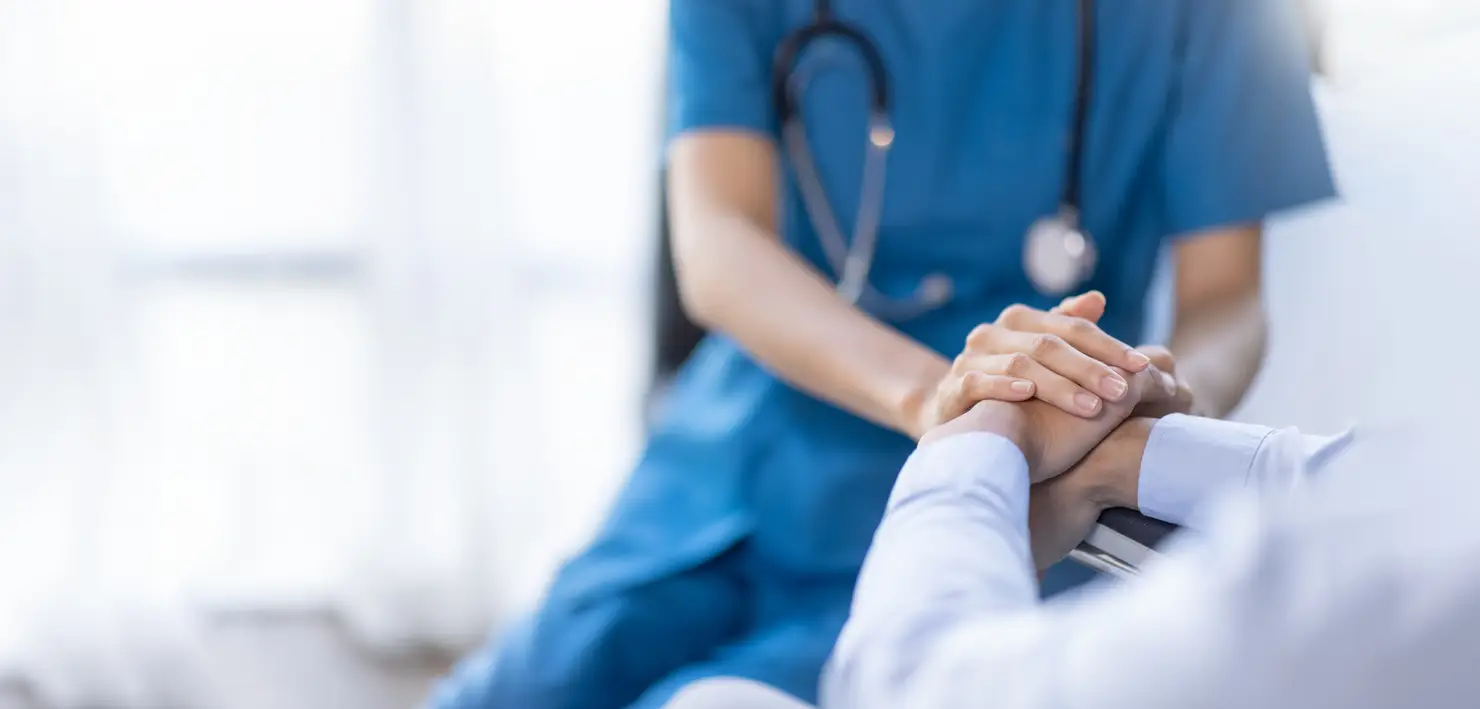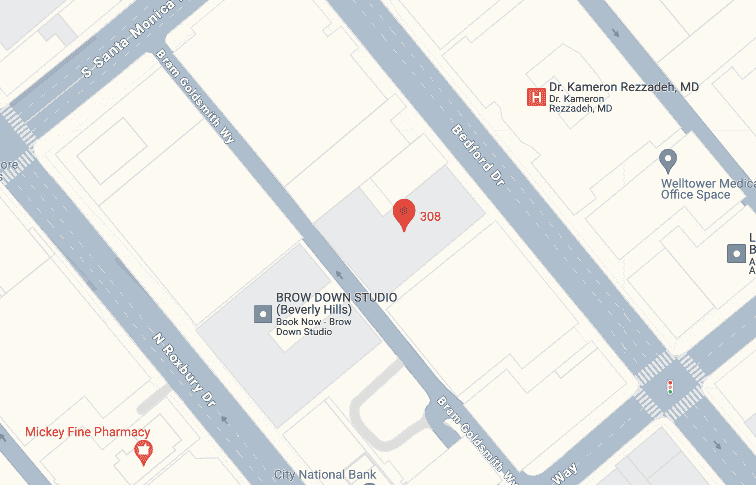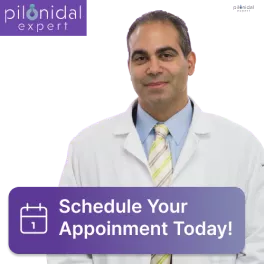A pilonidal cyst infection, while relatively uncommon, can cause discomfort and pain if left untreated. Understanding the symptoms of a pilonidal cyst infection is critical for early detection and treatment. This article will delve into the world of pilonidal cysts, investigating their causes, symptoms, and treatment options, with a particular emphasis on pilonidal cyst infections.
Understanding Pilonidal Disease and Cysts
Pilonidal disease is a chronic skin condition that typically affects the area just above the crease at the top of the buttocks. A pilonidal cyst is a fluid-filled sac that forms in this location. While the precise cause of pilonidal disease is unknown, several factors contribute to its development. Long periods of sitting, excessive hair growth, friction, and even genetic predisposition are thought to contribute to the formation of these cysts.
Pilonidal Cyst Causes
Hair Entrapment:
Hair follicles can become ingrown, causing hair and debris to accumulate beneath the skin. This trapped hair can eventually form a cystic structure.
Friction and Trauma:
Prolonged sitting, especially on hard surfaces, can cause constant friction and irritation in the sacrococcygeal region. This friction, combined with any minor trauma, can create an environment favorable to cyst formation.
Congenital Factors:
Some people may be genetically predisposed to developing pilonidal cysts. Certain anatomical factors may predispose the pilonidal area to cyst formation.
Spotting the Symptoms of a Pilonidal Cyst Infection
While pilonidal cysts can be asymptomatic for some time, infection can cause a variety of unpleasant and painful symptoms. Early detection of these symptoms can help prevent complications. The following are some symptoms of a pilonidal cyst infection:
Pain and Tenderness:
A pilonidal cyst that has become infected is often red, swollen, and painful. The area around the cyst may feel warm and tender to the touch, making sitting and moving uncomfortable.
Pus Drainage:
A cyst that is infected may begin to leak pus or other fluid. This discharge has a pungent odor and may stain clothing.
Fever and Malaise:
In severe cases, an infection can cause fever, chills, and a general feeling of being sick.
Increased Redness and Swelling:
As the infection progresses, the skin over the cyst may become increasingly red and swollen.
Difficulty Sitting or Moving:
The pain and discomfort associated with an infected pilonidal cyst can make sitting, walking, and performing daily activities difficult.
Also See: How do you Treat a Pilonidal Cyst Infection?
Treatment Options for Pilonidal Cyst Infections
Antibiotics:
Oral antibiotics can be used to treat mild infections and reduce inflammation.
Incision and Drainage:
A healthcare provider may need to drain the cyst by making a small incision if the infection is larger or more severe. This procedure relieves pain while also promoting healing.
Surgical Removal:
Recurrent or chronic infections may require surgical intervention. Excision of the cyst and surrounding tissue, as well as more specialized procedures such as the Bascom procedure or cleft lift surgery, are all options.
Hygiene and Lifestyle Changes:
Practicing good hygiene and making lifestyle adjustments, such as avoiding prolonged sitting and keeping the area clean and dry, can help prevent future cyst development.
Preventing Pilonidal Cyst Infections
While some of the factors that contribute to pilonidal cyst formation are beyond an individual’s control, there are precautions that can be taken to reduce the risk of infection:
Maintain Good Hygiene:
Keep the area clean and dry, especially after physical activity or sweating.
Avoid Prolonged Sitting:
If your job requires you to sit for long periods of time, take breaks to reduce friction and pressure on the sacrococcygeal area.
Regular Hair Removal:
If you are prone to excess hair growth in the pilonidal region, consider regular hair removal to minimize the risk of hair entrapment.
Wear Loose-Fitting Clothes:
Wear loose-fitting clothing to reduce friction and improve air circulation around the pilonidal area.
When to Know When to Get Help
Recognizing the symptoms of a pilonidal cyst infection and knowing when to seek medical attention is critical for avoiding complications and receiving prompt treatment. If you suspect you have a pilonidal cyst or notice any of the following symptoms, you should see a doctor right away:
Severe Pain and Discomfort:
If you have severe pain, tenderness, or discomfort in the sacrococcygeal region, particularly if it is accompanied by redness and swelling, you may have an infection. Persistent pain that interferes with your daily activities necessitates medical attention.
Pus or Foul Odor:
Infection is indicated by the presence of pus, blood, or any unusual discharge from the cyst, as well as a foul odor. These are clear indications that you should seek medical attention.
Fever and Chills:
If you develop a fever, chills, or feel generally ill, it could mean that the infection has spread. Elevated body temperature is a clear indication that medical attention is required.
Difficulty Sitting or Moving:
If the pain and discomfort make it difficult to sit, walk, or perform daily activities, it’s time to see a doctor. Pilonidal cyst infections can have a significant impact on your quality of life.
Rapid Symptom Worsening:
If the cyst and surrounding area become increasingly red, swollen, or painful in a short period of time, it could indicate an aggressive infection that necessitates immediate treatment.
Recurrent Infections:
If you have a history of pilonidal cysts or have previously had an infection, it is critical to keep a close eye on the area. Recurrent infections may necessitate more aggressive treatment, such as pilonidal cyst surgery.
Delayed Healing:
If you’ve been treating a pilonidal cyst at home and notice that it’s not improving or is getting worse, it’s time to see a doctor. Delayed healing may indicate a more serious infection or the need for medical attention.
Concerns About Hygiene:
If you have questions about proper hygiene practices for managing pilonidal cysts or are having difficulty keeping the area clean, a healthcare provider can offer advice and recommendations.
While some mild cases of pilonidal cysts may respond to self-care and home care, any signs of infection or severe discomfort should prompt a visit to a medical professional. Early intervention not only reduces pain and discomfort but also lowers the risk of complications and the need for more invasive treatments.
Pilonidal Experts – Get the Help You Need!
End the discomfort of a pilonidal cyst infection. Pilonidal Experts is your dedicated partner, providing specialized care and customized solutions. Our experienced team excels in pilonidal disease management, offering cutting-edge treatments and personal support. Take the first step towards well-being – reach out to us today. Your road to recovery begins now.


